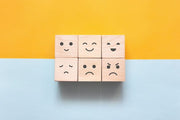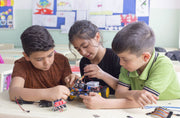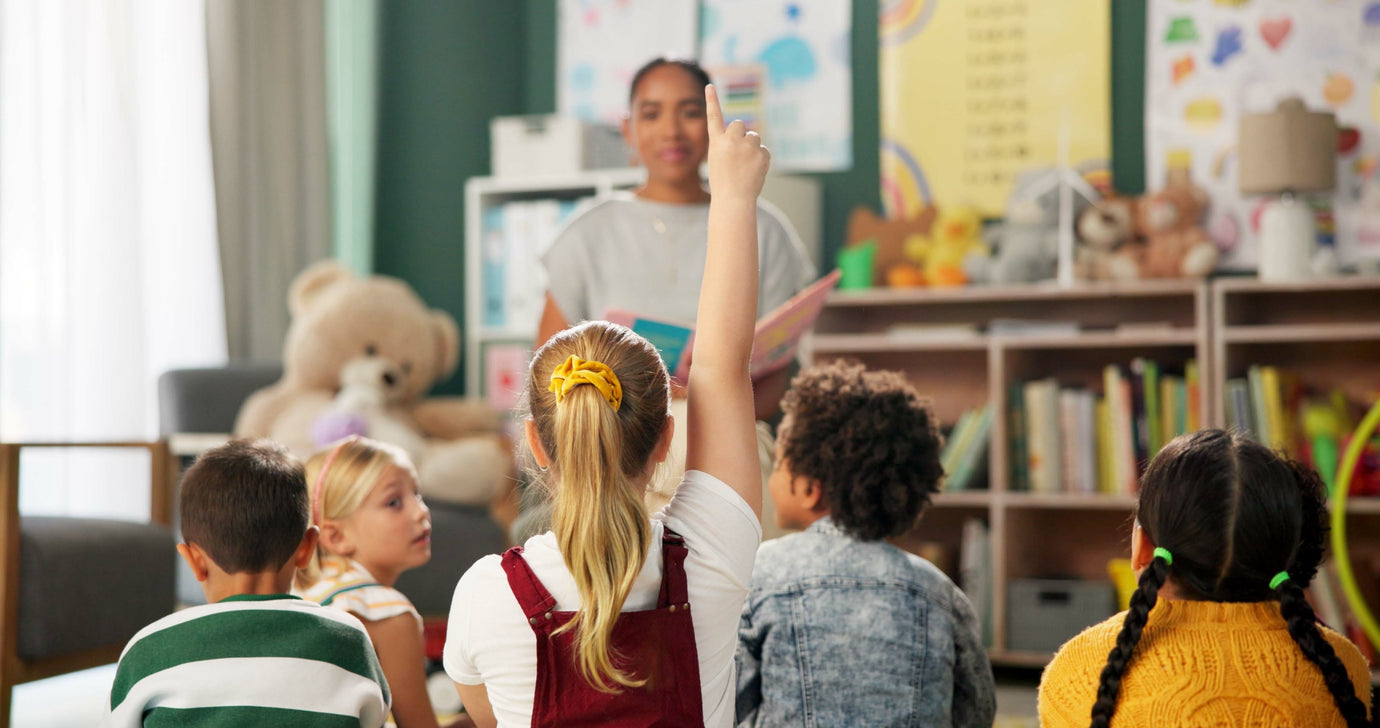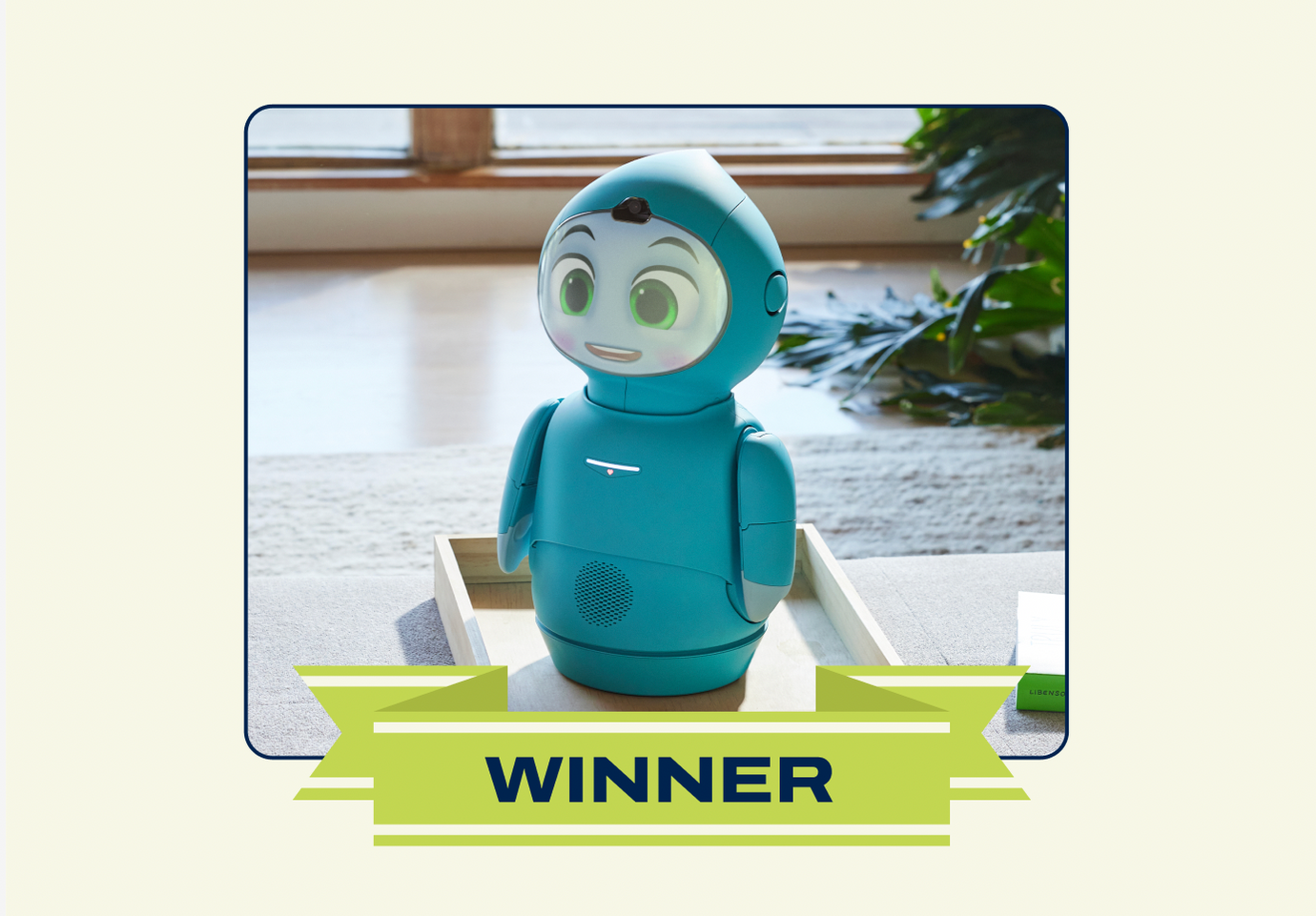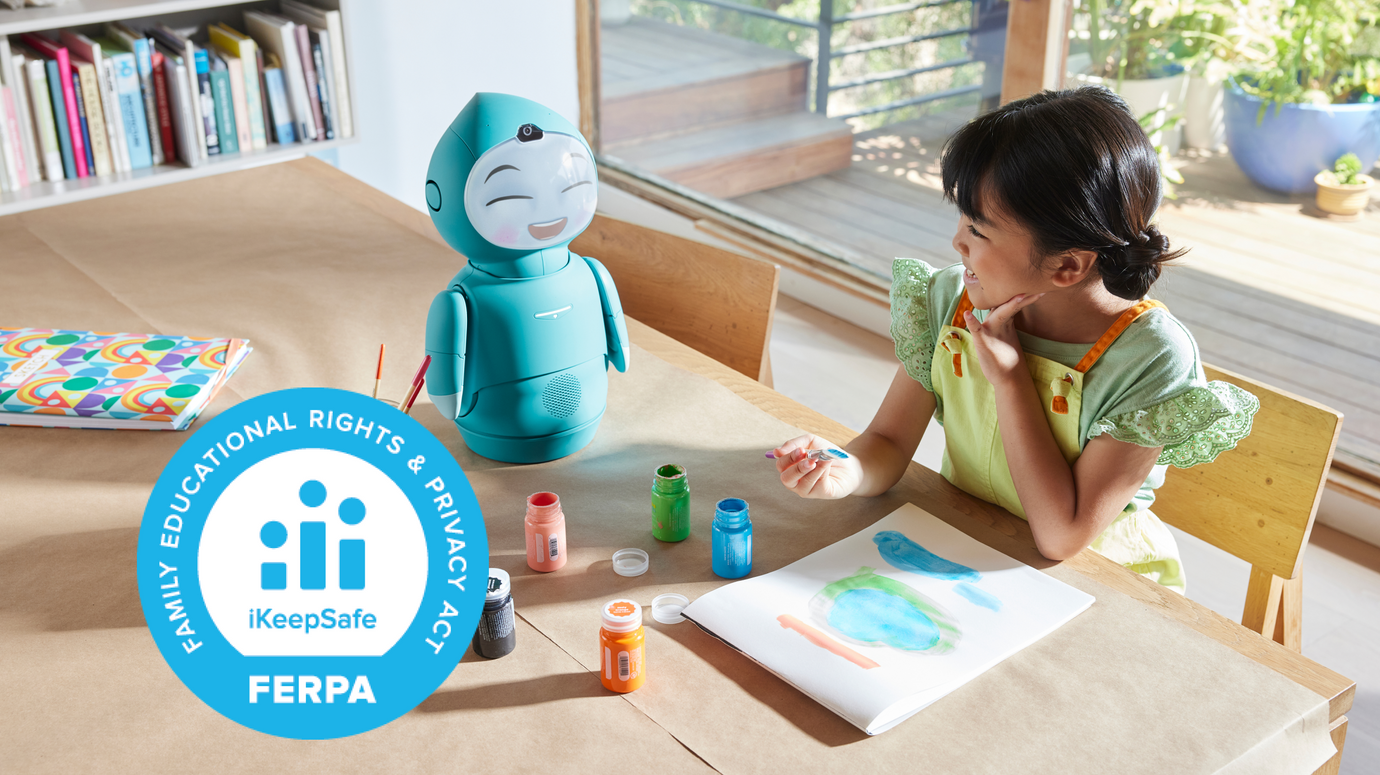Anxiety In Kids
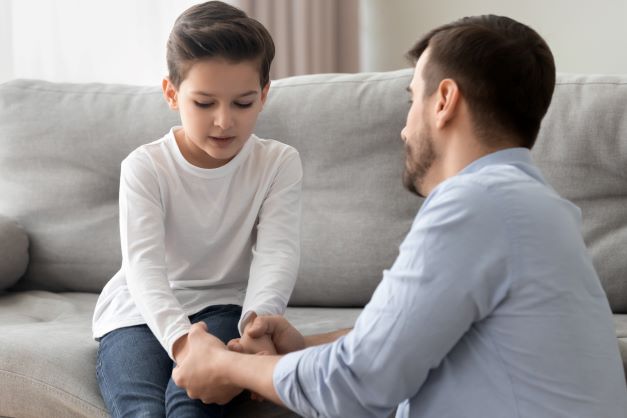
Anxiety in kids
Most everyone knows what anxiety feels like. A heightened state of worry and awareness, anxiety is an evolutionary tool that – when experienced in appropriate situations – helps to keep us safe and alert. Anxiety can be useful when we find ourselves in a dangerous position where caution is needed. But when this feeling begins to pop up under unnecessary circumstances, it becomes a problem.
Like adults, children can experience situational anxiety, or they might endure more long-term or frequent anxiety which may be defined as a disorder. Let’s talk about what this looks like, and what you can do to support the anxious children in your life.
What is anxiety in kids?
Childhood anxiety is similar to adult anxiety, and is generally defined as intense fear, worry, or dread which may or may not be warranted in a given situation.
As children learn about the world and experience the changes that are an inherent part of growing up, it is natural for them to have some anxiety. Separation anxiety, for example, is extremely common when children go without a parent or guardian for the first time. Specific phobias, as well, such as spiders or the dark, are normal childhood anxieties which children typically outgrow. Older children and teenagers may also have anxiety related to education and social situations: a very common occurrence with which most adults can identify.
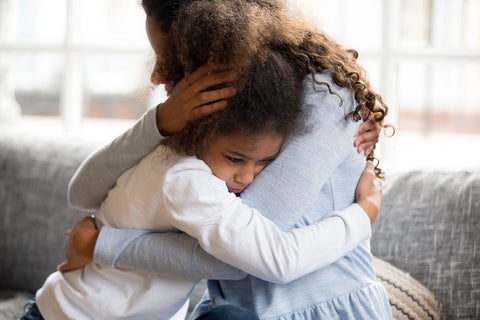
Extreme anxiety, however, such as long-term generalized anxiety, is an unfortunately common experience for children that may require pointed intervention. Unlike many of the common anxieties listed above, generalized anxiety disorder (GAD) is often not rational, and not triggered by anything in particular and can make life tricky for your child. Panic disorders, too, often have surprising triggers which may not make sense to others.
Anxiety vs. panic attacks in children
Anxiety and panic represent different points on a spectrum related to the body’s autonomic response to threats (fight or flight). In evolutionary terms, anxiety is what we would have experienced if we were worried there was a predator in the grass. Panic is what we would have experienced if we were running from the predator.
Though similar neurochemical mechanisms, anxiety and panic are categorized as separate disorders, with the primary differences being their intensity, and longevity.
Anxiety is generally long-lasting, and often not caused by or directed at anything in particular. Some episodes of anxiety may be triggered by external stimuli or situations.
Panic is sudden, very intense, and is usually caused by an identifiable trigger. Some episodes may be drawn out, however panic attacks are difficult for the body to sustain, and so they never last very long.
It is not uncommon for children with anxiety disorders to also experience panic attacks, as the characteristically high levels of alertness in anxious children can more easily lead to a sudden onset of intense fear and other somatic symptoms.
So let’s dive a little deeper into what anxiety disorders look like for children.
Common symptoms of anxiety in kids
Some of the most common behavioral symptoms of childhood anxiety include:
- An intense and long-lasting sense of worry or dread.
- Fear of or avoidance of people or places where people may be.
- An intense need to stay with a parent or guardian at all times.
- Specific, intense phobias which provoke worry even when the object of fear is not present.
- Intense fear or worry about the future.
- Other signs of emotional dysregulation such as anger outbursts or long-term irritability.
- Tension, jumpiness, and being easily startled.
- Fixation on something that went wrong in the past.
Some of the most common somatic symptoms of childhood anxiety include:
- Fidgeting.
- Digestive problems such as diarrhea or vomiting.
- Musculoskeletal problems or pain, especially in the neck, chest, and shoulders.
- Trouble falling asleep, trouble waking up, and nightmares.
These symptoms in isolation do not indicate an anxiety disorder, but a number of them together may. If this is the case, it is important to seek a professional opinion.
How to recognize anxiety in kids
As parents, guardians, and teachers, we want to believe that the kids in our life are doing alright. But it is still important to know how to recognize abnormal anxiety so we can give them the tools and support they need to feel better.
Anxiety is sometimes just a part of growing up, and it can be tricky to tell the difference between normal fears and worries and a disorder, especially in really young kids. If you think your child may have anxiety, stay alert to signs of the symptoms listed above, and make an appointment with a trusted doctor or psychiatrist. You should also try to notice at different developmental stages whether previous sources of anxiety are no longer problematic, or whether they continue to persist.
Finally, it is important to develop an understanding of how your child’s anxiety is affecting their life. Are their relationships, activities, and education being impacted by their fears? If the answer is yes, it’s time to intervene.
How to treat anxiety in kids
The first and foremost thing you can do for your child with anxiety is talk to them about their feelings, and be supportive. You should never invalidate or belittle your child’s fears, but you should also avoid being over-protective in regards to the fear as this will make the anxiety more concrete. Reassuring your child and gently guiding their worries away from whatever the object may be will help to calm the anxiety and can greatly reduce instances in the future.
It is also a good idea to have your child visit a counselor or therapist who can help both you and your child to better understand their anxiety, and how it may be coped with.
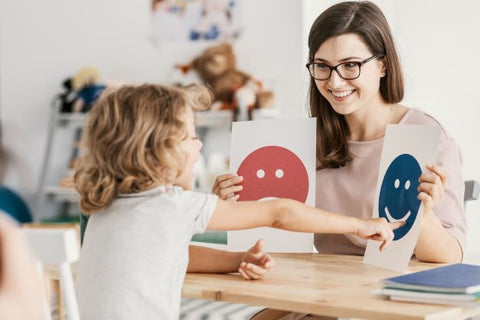
A therapist can help you and your child practice coping skills such as:
-
Mindfulness: Focusing on their breath, objects in the room, sensations they can easily perceive, can help take your child’s mind away from the anxious thoughts.
-
Physical outlets: Movement helps to release the energy that anxious kids build up in their bodies, and will calm the nervous system and help it to understand there is no danger.
- Creative outlets: Art, crafting, and other expressive outlets allow children to more easily communicate their anxiety. It also serves as a distraction which can lower the volume of anxious thoughts.
Being mindful of your kid’s diet and lifestyle can also help to ease their anxiety.
- Avoiding sugar prevents energetic buildups and crashes which can exacerbate anxious thoughts.
- A cup of chamomile tea before bed can help your child sleep, which has important long-term implications for anxiety.
- You can also discuss ideas with your pediatrician to help reduce the intensity of kids' anxiety.
Supporting your anxious child
If your child has anxiety, the best thing you can do for them is listen, and help them figure out what they need to do to self-sooth.
Or, you can leverage an AI friend like Moxie! Moxie is a little robot designed to help your child develop better social skills, empathy, emotional intelligence, and understanding of their own emotions so they can communicate their feelings and advocate for their needs.
Seeking professional guidance and assistance is always encouraged when it comes to anxiety and emotional well-being.
Kids with anxiety will learn about their own fears and worries as they help Moxie cope with theirs. Learn more about the Moxie learning companion here.

